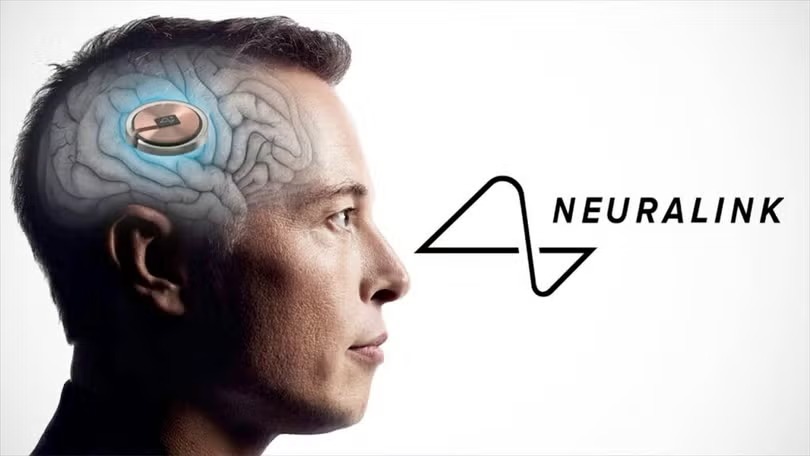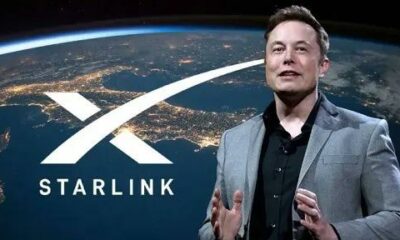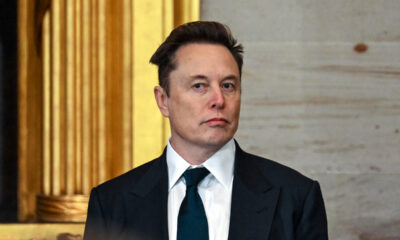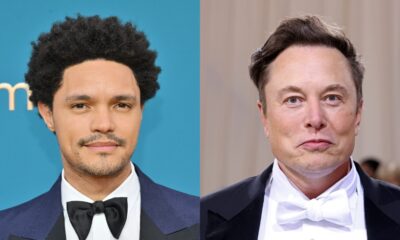Business
Neuralink’s Leap Forward: Elon Musk’s Brain Chip Nears Scientific Validation

Neuralink’s Next Frontier: Science Meets Silicon
Elon Musk’s brain-implant venture, Neuralink, has reached a defining moment. For the first time, the company has submitted scientific results from human patients to a respected medical journal, a milestone that signals its entry into serious scientific validation.
The paper, sent to the New England Journal of Medicine, reportedly details data from the first three individuals implanted with Neuralink’s device. It includes safety findings and performance outcomes from ongoing trials at the Barrow Neurological Institute in the United States.
While Neuralink has long generated headlines for its ambitious vision of merging mind and machine, this marks the company’s first move toward peer-reviewed recognition, something that scientists outside Musk’s circle have been waiting for.
From Bold Idea to Tested Reality
Founded in 2016, Neuralink’s goal has always been to create a direct communication bridge between the human brain and computers. The concept may sound like science fiction, but it’s part of a broader field known as brain-computer interfaces (BCIs), where multiple research teams and companies are competing to develop real-world applications.
So far, Neuralink has implanted its device in 12 participants, focusing on patients with serious medical conditions such as paralysis. These early trials aim to test whether the chip can help restore control over digital devices using only brain signals.
At a neuroscience conference in New York, Barrow Institute CEO Michael Lawton confirmed that Neuralink’s study was under peer review. He described the company as “meticulous” in prioritising patient safety and limiting testing to people with disabilities.
Aiming for 2030: From Treatment to Enhancement
Although Neuralink has generated over $1 billion in funding and is valued at roughly $9 billion, it remains years away from making brain chips available to healthy users.
The company’s president, DJ Seo, recently suggested a timeline of 2030 before such implants might reach healthy volunteers. The long-term vision, however, is staggering: Neuralink aims to implant 20,000 devices annually and generate $1 billion in yearly revenue by 2031.
Alongside restoring movement and computer control, Neuralink is also developing implants designed to restore vision, decode speech directly from the brain, and even treat neurological conditions such as Parkinson’s disease.
Public Reaction and Ethical Questions
On social media, reactions have been mixed. Supporters hail Neuralink’s progress as “the dawn of a new era” for medical technology, while sceptics caution against “rushing into the unknown.” Ethicists have also raised concerns about privacy, consent, and the psychological implications of wiring the human brain to machines.
Still, Musk’s influence and visibility have undeniably energised the field. Rival firms and universities have accelerated their own BCI research, hoping to be the first to bring a safe, accessible neural interface to market.
What This Means for Science and Society
Whether one views Musk as a visionary or a provocateur, Neuralink’s first scientific paper is more than just a corporate milestone. It signals that the company is moving beyond hype into evidence, the crucial test of credibility in science.
If the findings are validated, it could redefine what’s possible for people living with paralysis or severe neurological conditions. For now, though, Neuralink’s next challenge lies in convincing the medical community that its technology truly works as promised.
Also read: South Africa’s Fastest Internet Neighbourhoods Revealed for 2025
Follow Joburg ETC on Facebook, Twitter, TikT
For more News in Johannesburg, visit joburgetc.com
Source: MyBroadband
Featured Image: WBAL-TV


























